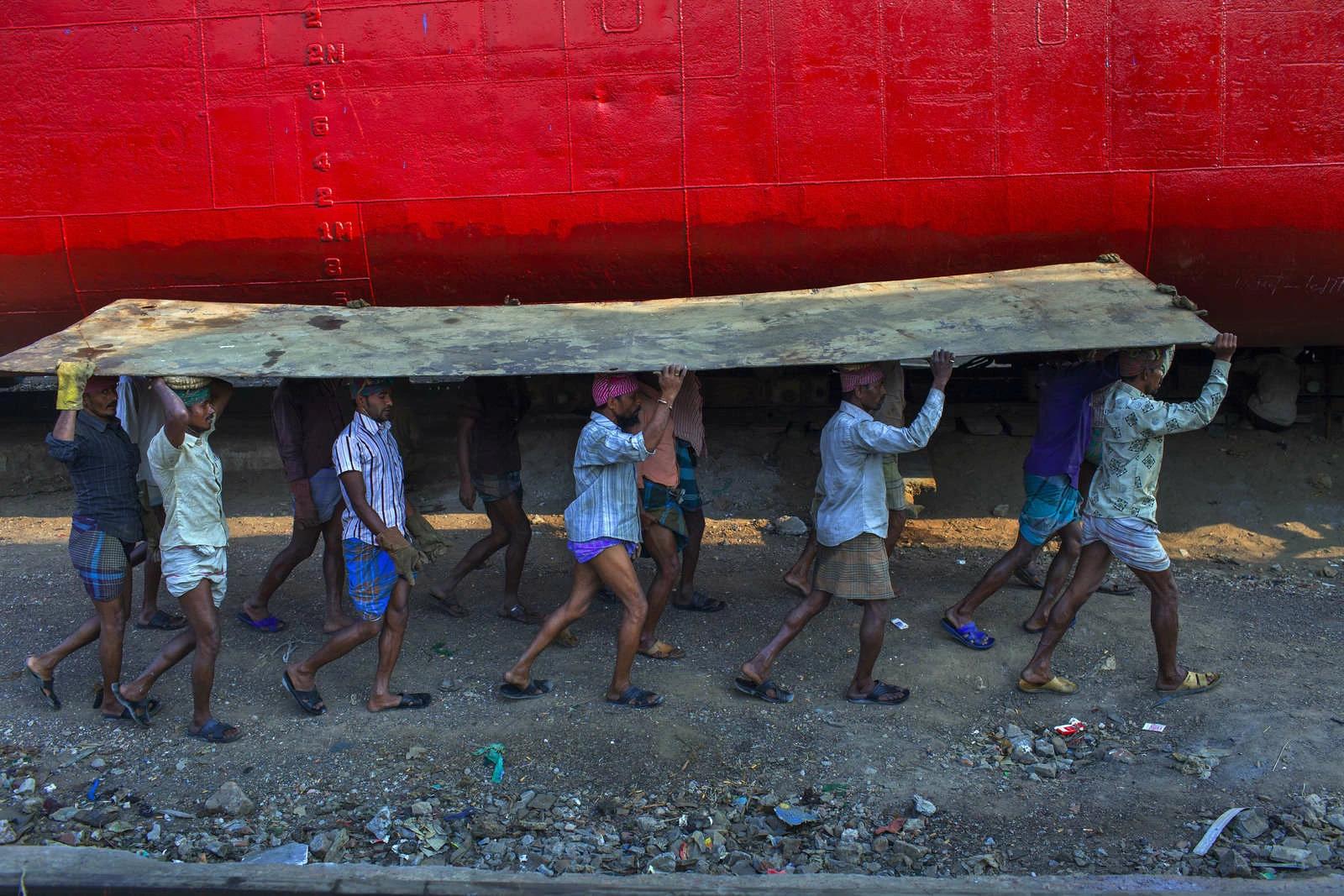Slow Photography in the Instant Age
Yvan Cohen
Mon Aug 26 2019

It’s impossible to comprehend the volume of images that are created each day. The number of pictures uploaded to the internet each second, minute, hour is mindbogglingly huge.
We have gone picture crazy, photographing even the tiniest details of our life, from the meal we’re about to devour to a cloud passing overhead and everything in between.
Just as the ancient Egyptians used to write with pictures, photographs have become a kind of contemporary hieroglyphic, a digital vernacular that needs no words and has no apparent grammar (though it does have its own visual grammar).
Photography in the instant age
We no longer take pictures just to record our world, we talk to each other with pictures and videos. As the adage goes, a picture is worth a thousand words, and these days who can be bothered to write a thousand words about anything, let alone read them.
In our instant age, where attention spans are becoming microscopic and our appetite for easy stimuli is ballooning, digital photography is the perfect elixir. Just point and shoot. In the post film era, we no longer have to trundle to a photo lab and wait impatiently while our pictures are developed. No sooner is your picture captured than it is available to view…and share, of course!
What does this mean for photography as means of communication? For photojournalism as a profession, for the art of photography? The most obvious reality is that photography has become universally accessible, democratizing a sphere that was previously rendered exclusive by the cost of gear and film. We are all photographers now.
With cameras integrated into our phones and smartphones in the hands of literally billions of people worldwide, holding a camera has become about as common as holding a Bic Biro (back when people still used ballpoint pens and not keyboards to write with).
 A reveler covered with balloons during the annual water fight known as “Batalla Naval” in Vallecas neighborhood, where thousands of people gathered to play with water. Photo and story credits by Marcos del Mazo.
A reveler covered with balloons during the annual water fight known as “Batalla Naval” in Vallecas neighborhood, where thousands of people gathered to play with water. Photo and story credits by Marcos del Mazo.
Why’s this great?
Because photography in the instant age has at last become inclusive with everyone getting a chance to express themselves and learn the magical language of imagery.
But photography is just like every higher form of human expression: being able to write doesn’t make you a writer, putting paint brush to canvas doesn’t make you an artist, just as the ability to take photographs doesn’t make you a photographer.
Like every art form there are skills to be learned and secrets to be unlocked. Though it sounds weirdly contradictory in an age where anyone can take a great picture, it is perhaps harder than it has ever been to be a great photographer. Or perhaps more accurately it’s just as hard to be great photographer today as it has ever been but it is much harder today to stand out from the crowd, to rise above the ocean and be recognized.
Learning the visual grammar of photography is more important than ever: understanding composition and the structure of an image, learning how an image can be read by a viewer, sculpting your photographs using light, shade and depth. All these elements are the soft tools that need to be mastered if you are serious about your photography and the good news is that once you have begun to develop these soft tools, you’ll start to realize that the hard tools?—?the actual hardware of photography?—?are not ultimately the most important thing.
It’s possible to take beautiful pictures with a smartphone just as it’s possible to take awful photos with an expensive DSLR?
Photography is by its very nature instant. Point and shoot. But it’s important to understand that the process of creating great photographs is by no means instantaneous. It requires passion, dedication, talent, a desire to learn and time. It’s deceptive to think that because you find yourself in an interesting place or witnessing an interesting scene that you can take an interesting picture of it, just because you are there. The photographer’s art is to elevate banal reality to a higher sphere, to capture and freeze forever the essence of the moment, and that is no mean feat.
Most of all, photography is a fantastic adventure, one that is far removed from the endless data stream of images that surges onto the internet every moment of the day. To enjoy that adventure, take your time. Savor the challenge that creating beautiful images represents. And embark on a uniquely personal photographic journey that will last a life time.
Read more about the pros and cons of smartphones vs cameras here
 Portrait of a Padaung woman in her house. Photo and story credits by Jorge Fernández Garcia.
Portrait of a Padaung woman in her house. Photo and story credits by Jorge Fernández Garcia.
Written by Yvan Cohen | Yvan has been a photojournalist for over 30 years. He’s a co-founder of LightRocket and continues to shoot photo and video projects around South East Asia.
Featured photograph by Probal Rashid
To read more helpful articles on photography, check out our blog page.
Join our growing photographer community at LightRocket and get powerful archive management and website building tools for free!


